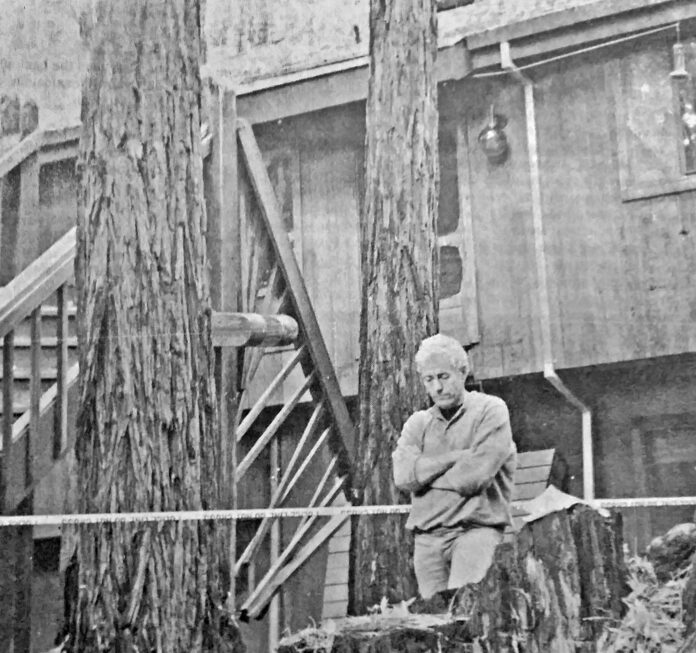At 5:04 p.m., on October 17, 1989, the 6.9 magnitude Loma Prieta earthquake struck the Santa CruzMountains causing landslides and heavy property damage. In Oakland, a freeway was partially collapsed. A portion of the San FranciscoBayBridge failed. The shock was responsible for 63 deaths and nearly 4,000 injuries in the San FranciscoBay area and in the Santa CruzMountains.
If you are old enough and lived in the impacted areas, what were your thoughts when the quaking began? Power was out and the normal communication infrastructure failed. Many people who were not injured were in the dark and were probably wondering if their loved ones were safe.
When power was restored and news reporting was possible, the television coverage showed the scope of damage that shocked many viewers. The aftershocks punctuated the fear, sadness and discomfort felt by many survivors. It took a while to understand what happened and the particular areas where the damage was the most devastating to the infrastructure.
That was in 1989, but in 2015 with improved communication tools and data exchange capability, it may be easier to identify critical infrastructure weakness and to strengthen first responders’ ability to identify and address earthquake damage faster and more efficiently than before.
The United States Geological Survey and Caltrans just announced that they launched ShakeCast V3, which will allow them to bolster their responses to an earthquake.
ShakeCast V3 is an application that uses earthquake-shaking data and analyzes that data against performance characteristics for bridges and other structures. Using a variety of powerful tools, it can alert first responders to the location and probable severity of impacts during a seismic event. Through an interactive website, email alerts can be sent and to communicate analysis results. The information can be delivered to first responders within minutes of a seismic event.
“Our infrastructure is critical to our state’s health and well-being, and this is never more apparent than after an earthquake,” said Caltrans Director Malcolm Dougherty. “ShakeCast V3 means that we can respond to these events like never before, helping emergency responders get where they need to go, and keep Californians safe.”
The State of California reportedly owns 26,239 bridges and all are now being monitored by ShakeCast V3. Caltrans now has the capability to alert, or make the assessment data available, to local agencies of possible seismic impacts to those critical structures.
ShakeCast V3 is the product of a three-year research project with USGS and Caltrans. Its predecessor, V2, played a critical role in helping Caltrans to respond to impacts from the Aug. 24, 2014 Napa Quake. Within 48 hours of the earthquake, Caltrans inspected all seven Bay Area toll bridges and no significant damage was found on any of those structures. Caltrans bridge inspectors, working in four two-person teams, also inspected 29 state highway bridges in Napa, Solano and Contra Costa counties, thanks to ShakeCast’s ability to deliver localized, timely information based on its modeling and predictive capacity.
It is open-source software, meaning that agencies such as Caltrans can work with the core USGS version to modify and customize the application to meet their specific needs, which would not be possible with a proprietary version.
“We’re proud to partner with Caltrans on this project, as ShakeCast V3 is the best way for the State to guide the initial earthquake response to its critical transportation infrastructure,” said USGS Seismologist David Wald. “Caltrans and has been very generous in that the software they’ve helped develop has been made openly available to benefit many other critical users. Caltrans is one of the most sophisticated ShakeCast operators, and how they are using it is unique in the public sector.”
Numerous public agencies use ShakeCast, including the International Atomic Energy Agency, whose seismic branch monitors the world’s nuclear power plants. ShakeCast is also used by state and federal government agencies, utilities, and numerous private sector businesses.
In 2016 California’s San Francisco Bay area residents have reason to believe that they won’t be left sitting in the dark should a “Big One” occur. They know that USGS and other agencies will use ShakeCast V3 to achieve an advanced level of earthquake response, while raising situational awareness to emergency responders and affected citizens.
For more information, go to USGS ShakeCast.













